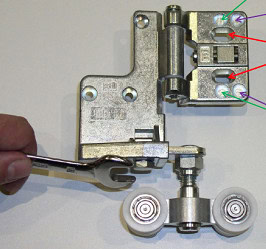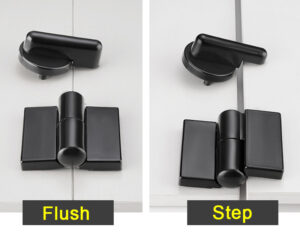Friction hinges, while appearing simple, play a pivotal role in myriad applications. Standing distinct from their traditional counterparts, these hinges utilize friction as a core component of their design. Beyond simply connecting two objects, they influence the very motion of these objects. This article delves deep into the world of friction hinges, presenting fascinating insights into their design, benefits, and vast applications.
The Foundational Principle: Resisting Motion
Unlike traditional hinges that offer free motion, friction hinges are uniquely designed to resist it. Picture a door with a traditional hinge – it pivots effortlessly with little or no resistance. Now, consider a door with a friction hinge. When opened, there’s a discernible resistance. This intentional resistance aids in holding doors, lids, and other objects open, eliminating the need for manual intervention. It’s this very resistance that differentiates friction hinges from their counterparts, making them suitable for specific applications.
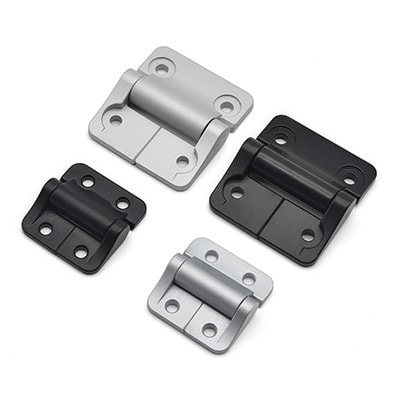
Soft-Close Friction Hinges: Marrying Elegance with Functionality
The idea of a door closing softly may sound simple, but it signifies sophistication in hinge design. Enter the “soft-close” style of friction hinges. These hinges, equipped often with hydraulics, ensure that doors and similar objects close in a slow and gentle manner. The immediate advantage? No more doors slamming shut with force, which not only reduces noise but also minimizes potential damage to the door or the frame.
Customization at its Peak: Adjustable Friction Levels
One of the standout features of certain friction hinges is their adjustability. Made primarily of robust technopolymers and coated with finishes that resist chemicals and moisture, these hinges boast a central screw mechanism. By simply turning this screw, users can customize the friction level, allowing them to set the precise amount of resistance they desire. Whether it’s a slight tweak or a major adjustment, these hinges cater to varied needs with precision.
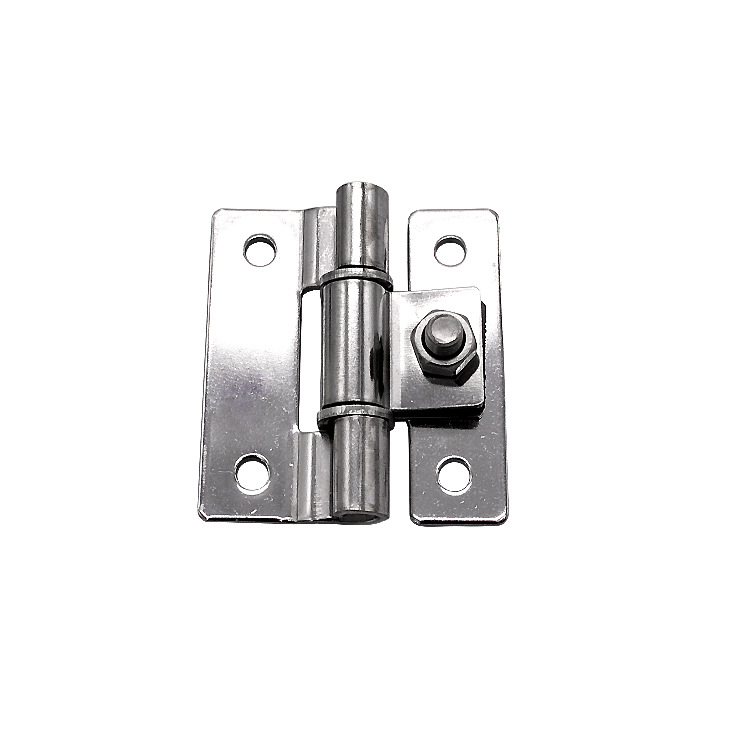
Beyond Doors: The Multifaceted Applications of Friction Hinges
It’s easy to box in hinges to the realm of doors. However, friction hinges shatter this stereotype with their versatility. Their applications extend far beyond the ordinary:
- Laptop Lids: For controlled opening and stability.
- Toolboxes: Ensuring tools are safely enclosed without abrupt lid closures.
- Furniture: Particularly in cabinets and foldable furniture pieces for smooth motion.
- Automotive Sun Visors: Providing drivers with adjustable sun protection.
- Folding Tables & Desks: Assisting in the folding mechanism and ensuring stability.
- Restaurant Grill Lids: Offering chefs controlled access without the hassle of holding the lid.
- Medical Devices: Ensuring precision and stability in critical medical equipment.
The Ergonomic Advantage: Making Life Simpler and Safer
Friction hinges, beyond their functional advantages, are also champions of ergonomics. By allowing objects like doors and lids to remain open without manual support, they significantly reduce physical strain on users. In professional settings like restaurants or medical labs, this not only makes tasks more efficient but also ensures safety, as individuals don’t have to juggle between holding an object open and performing another task.
The Underlying Mechanics of Friction Hinges
The magic of friction hinges lies in their ingenious engineering. Central to their design is the principle of resistance generated by friction. When two surfaces slide against each other, they naturally produce friction. In the case of friction hinges, this is not an unintended consequence but rather a carefully engineered feature.
Materials play a critical role in determining the effectiveness of these hinges. The choice of metals or polymers and their finishes can significantly influence the amount of friction produced. Metals with a rougher texture, or those paired with certain kinds of polymer coatings, might offer more resistance, making them ideal for heavier applications. On the other hand, smoother metals might be used where a lesser degree of friction is desirable.
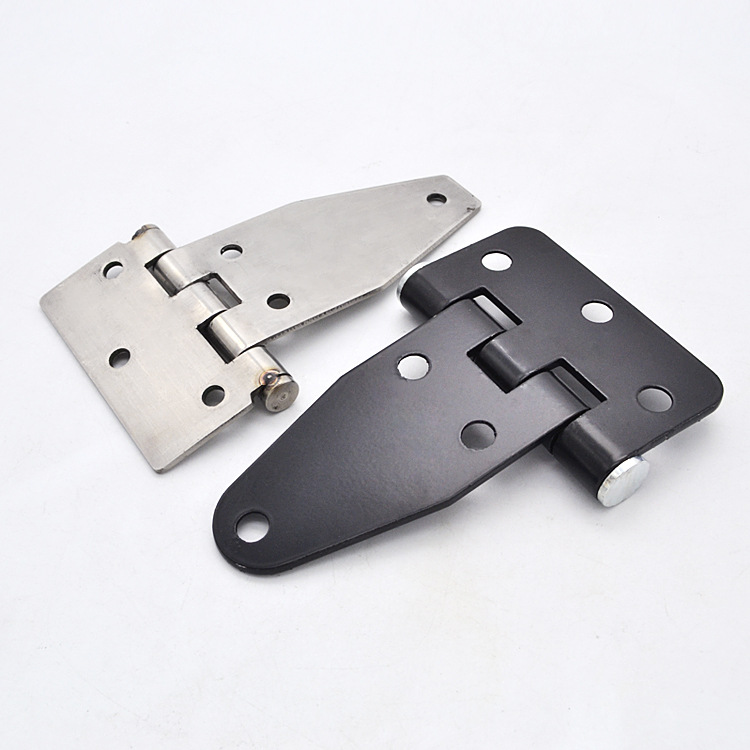
Historical Context and Evolution
Friction hinges, while seemingly modern, have roots in historical mechanisms. Ancient civilizations had their versions of devices that resisted motion using principles similar to friction. Over time, with advancements in materials science and mechanical engineering, today’s sophisticated friction hinges were developed.
The evolution of friction hinges is also intertwined with the demands of modern life. As devices and appliances became more advanced, the need for precise, adjustable, and reliable hinges grew. This drove innovation in the field, leading to the versatile and highly functional hinges we see today.
Environmental and Economic Impacts
Friction hinges also have broader implications beyond their immediate applications. From an environmental perspective, the durability and longevity of these hinges mean less frequent replacements, leading to reduced waste. Moreover, because these hinges can prevent damage like door slams, they indirectly reduce the need for repairs and replacements of other items, further contributing to environmental conservation.
Economically, friction hinges can offer savings in the long run. While their initial cost might be higher than traditional hinges, their durability and the potential to reduce damages to doors, lids, or other attached objects can lead to long-term savings.
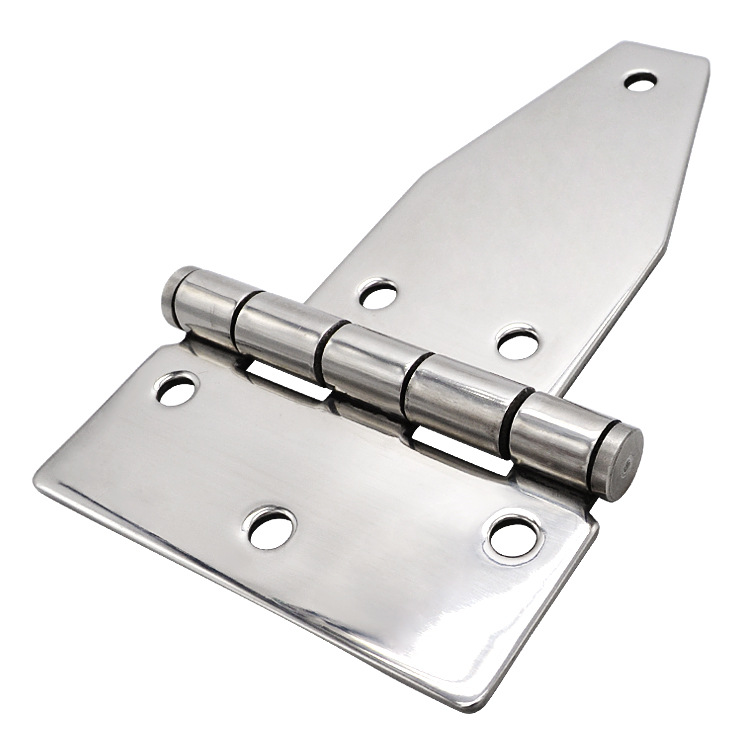
The future of Friction Hinges
As technology continues to advance, the applications and design of friction hinges will undoubtedly evolve. We can anticipate developments in materials that offer even more adjustable resistance or those that are more environmentally friendly. With the rise of smart homes and interconnected devices, there might also be a future where friction hinges are integrated with sensors to provide feedback on usage, wear, or required adjustments.
Conclusion:
Friction hinges might seem like just another piece of hardware, but their impact is profound. By offering resistance, customization, soft closure, and ergonomic benefits, they have cemented their place in various applications. From the doors in our homes to the laptops we use, these hinges subtly enhance our daily experiences, marrying functionality with sophistication. As technology and design continue to evolve, it’s exciting to imagine where the next innovations in friction hinges will take us.
You might also be interested:

